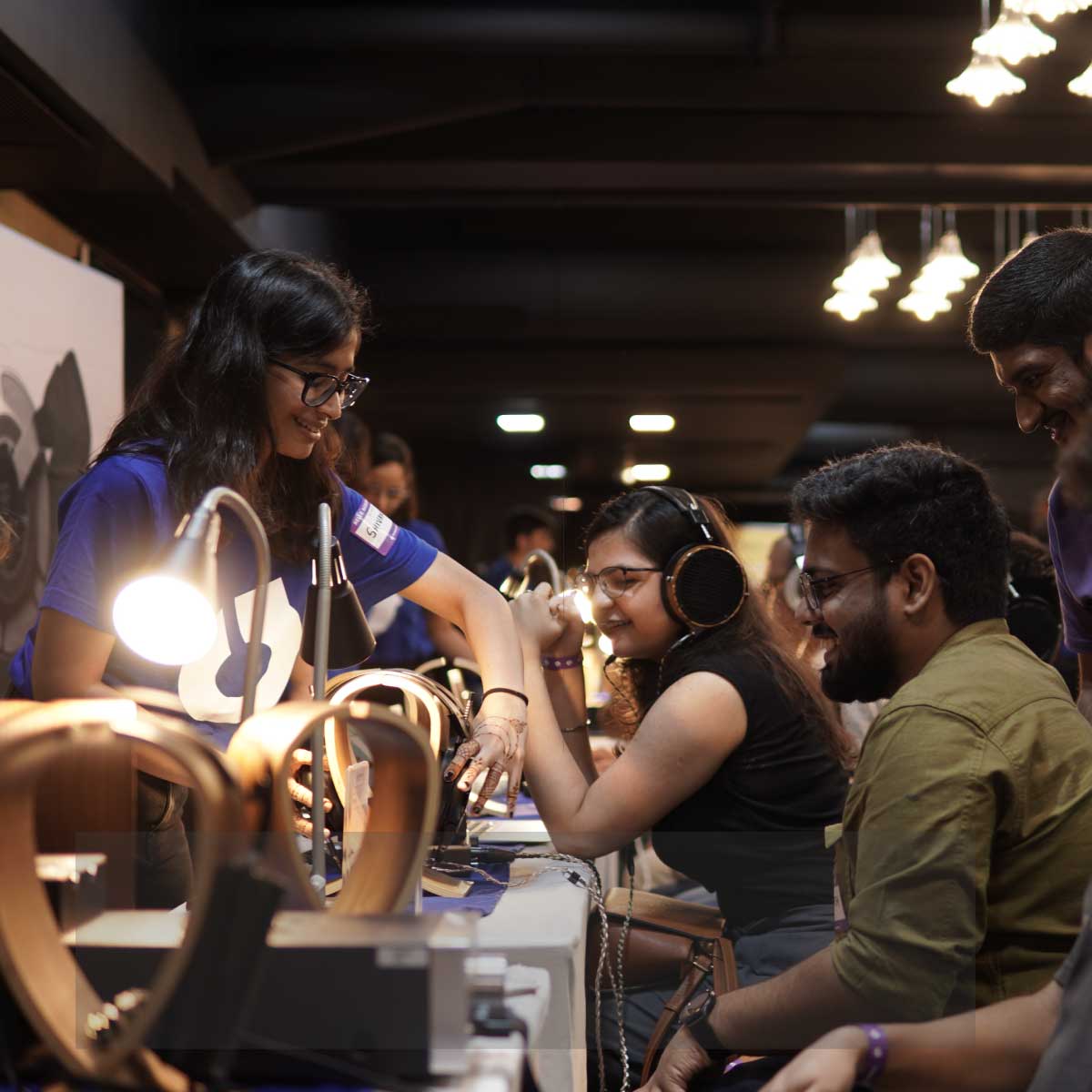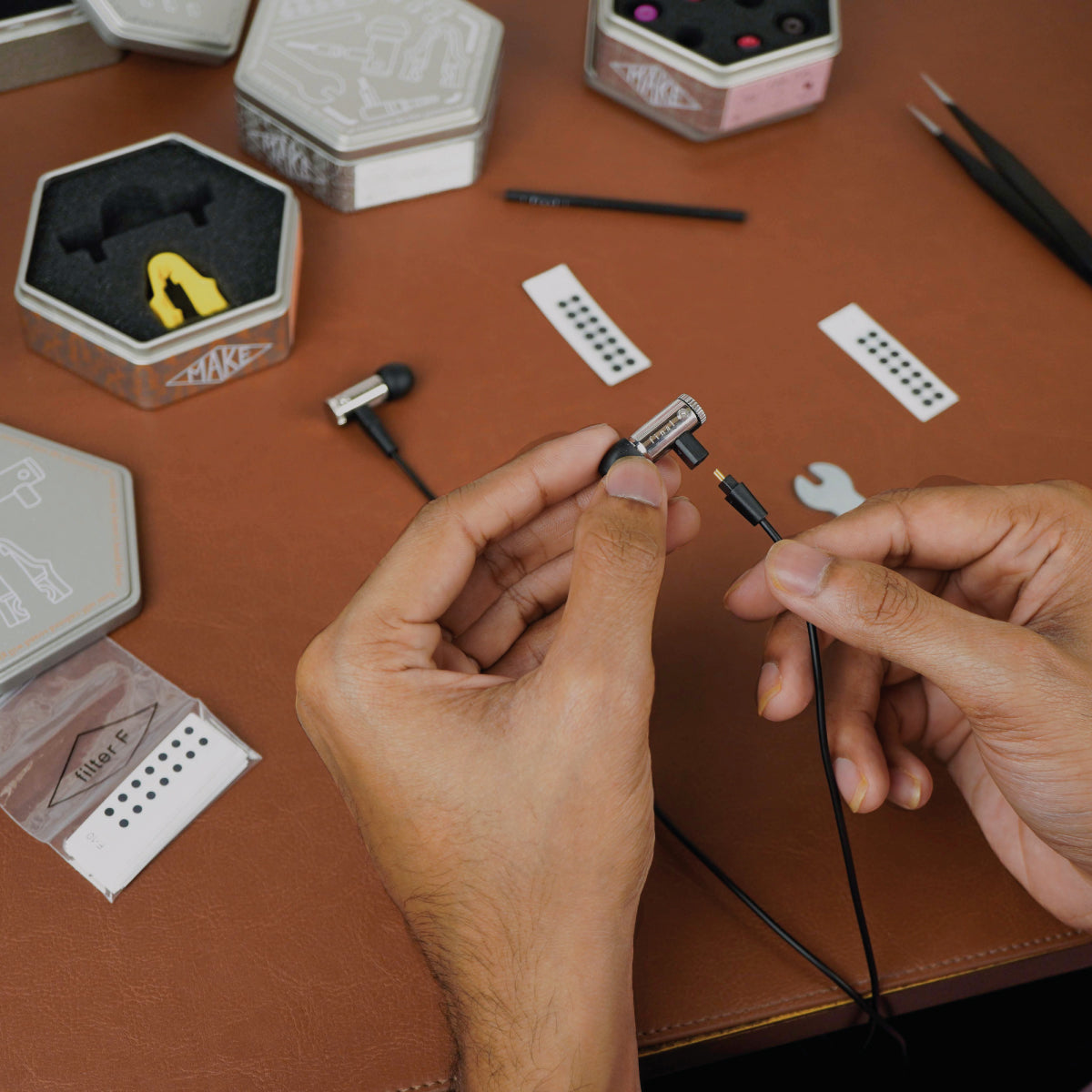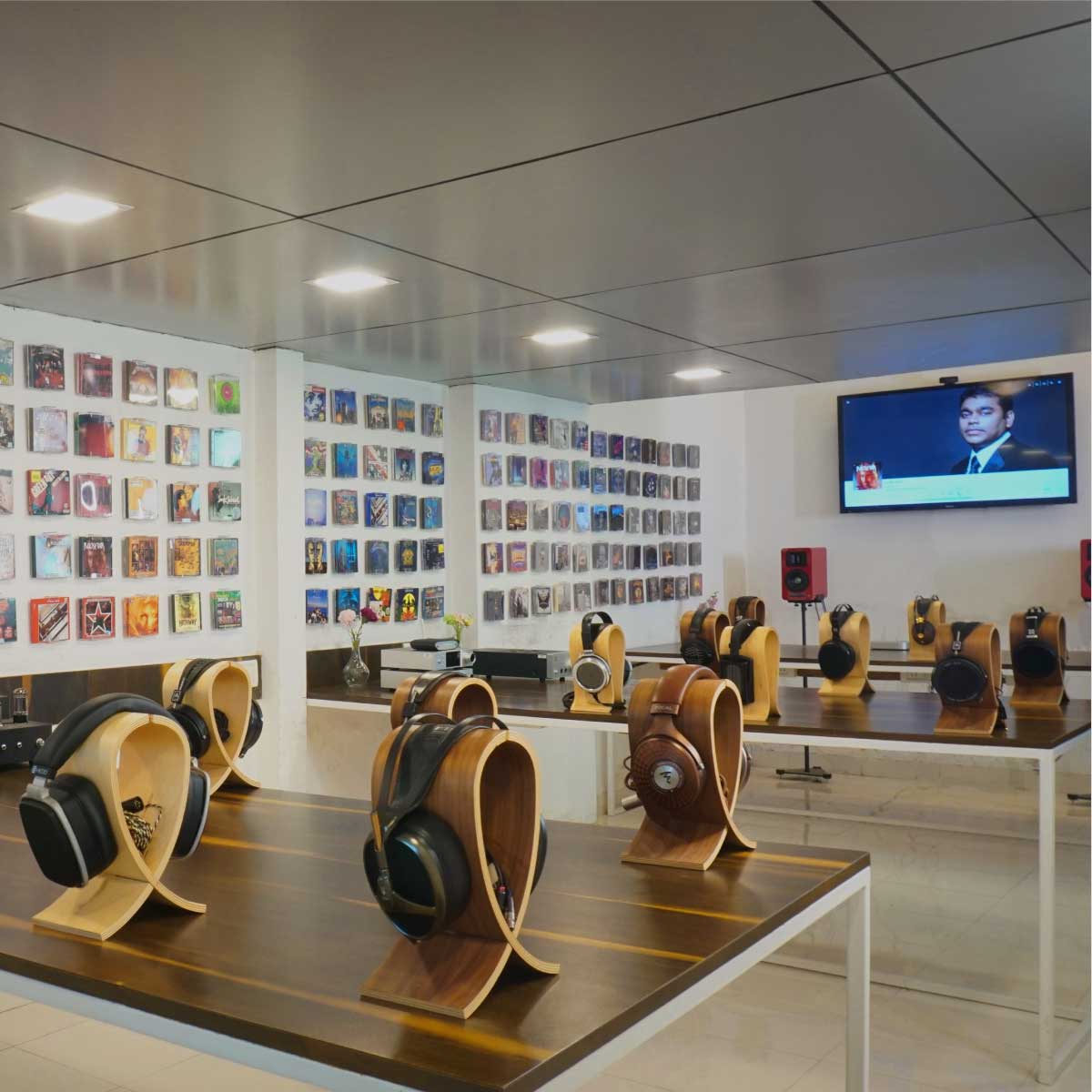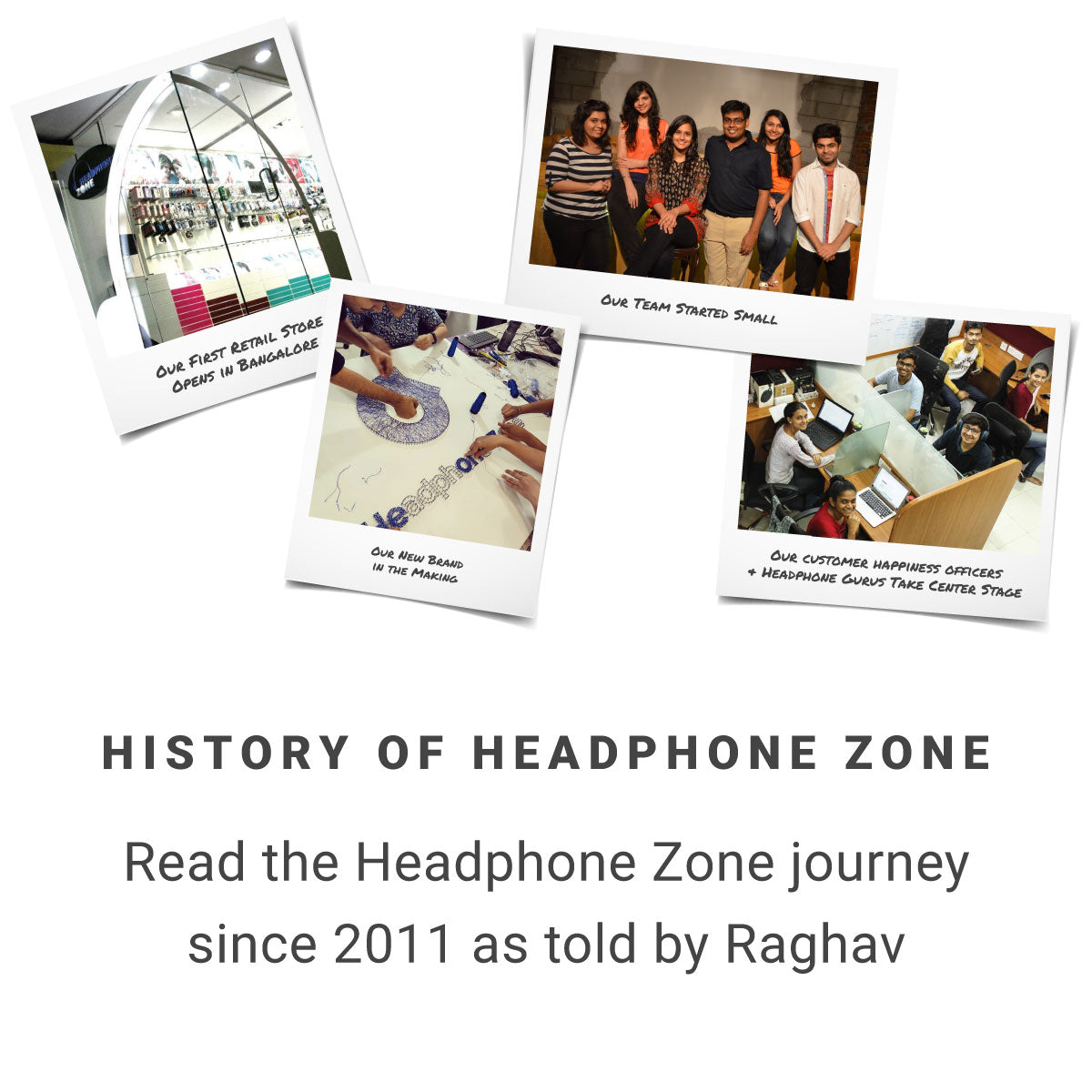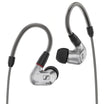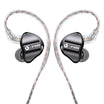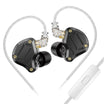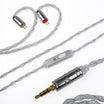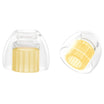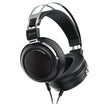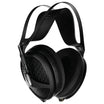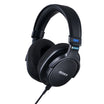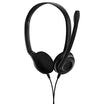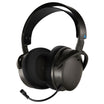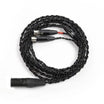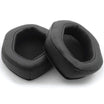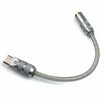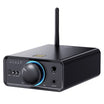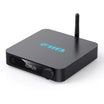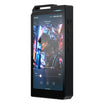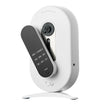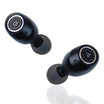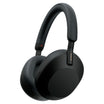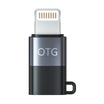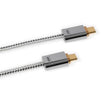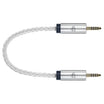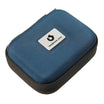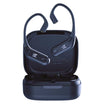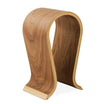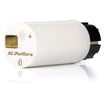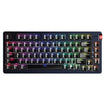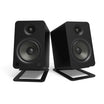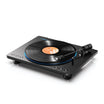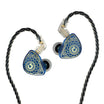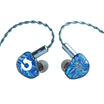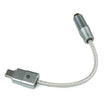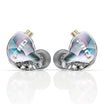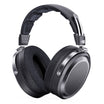Beginner's Guide
Understanding different sound signatures for your Headphones and Earphones
If you're someone who's browsing our incredible collection of headphones and in-ear monitors on our website, one of the things that you'll see us talking a lot about to describe each of these headphones is its sound signature. The sound signature for headphones is telling you a little about how these headphones are supposed to present your music to you when you put them on and how they're tuned to be able to play all the different parts of the music together. A sound signature is perhaps the best way to describe what you should expect to listen to when you put these headphones on. In this video, I'm going to help you try and understand these different sound signatures that we have and hopefully pick the right one for you.
Intro
Hi guys, this is Raghav here from Headphone Zone. If you're someone who's browsing our incredible collection of headphones and in-ear monitors on our website, one of the things that you'll see us talking a lot about to describe each of these headphones is its sound signature. The sound signature for headphones is really telling you a little bit about how these headphones are supposed to present your music to you when you put them on and how they're tuned to be able to play all the different parts of the music together. A sound signature is perhaps the best way to describe what you should expect to listen to when you put these headphones on. In this video, I'm going to help you try and understand these different sound signatures that we have and hopefully pick the right one for you.
Understanding Different Sound Signatures
First things first, I'm sure when we all started off in our childhood, we must have played around with the equaliser on an old radio system or on a car audio system. You have the bass and the treble, and you would have turned these knobs up and down to listen to what difference they made to the way that your music is playing. Perhaps the easiest thing to understand is the bass—you turn up the bass, and all the low frequencies, the energy and the thump, gets exaggerated, gets turned up, and the bass dial is the easiest way to turn up a party. You know that the kick drum, the bass guitar, all of these are instruments that are featured in the low frequencies or the bass—it's really what makes music sound fun and energetic.
When we're listening to music on a laptop speaker or a mobile phone speaker, you'll find that there's virtually no bass because these are really, really tiny speakers, and they're punching out a large volume of air, but for the bass to be there, it's got to be a much larger speaker to be able to give you that low frequency. And therefore, for a lot of us, good sound is simply equivalent to a lot of bass. And if you are someone who's looking to have a party and you're looking for that kind of a sound signature when you put a headphone on, there are a whole bunch of brands and headphones that market themselves as an extra bass sound signature. It's really coming from a school of thought where people think that extra bass is good sound, but that couldn't be further from the truth.
When you're listening to good-sounding headphones, a lot of bass can basically muddle out and overpower the rest of the frequencies. You'll find that music will no longer sound believable and authentic or very well-balanced when the bass is overpowering everything else. So, with time, you'll find that a more balanced sound signature—which is the kind of sound signature that all high-end headphones and speakers tend to have—is where all the frequencies, not just the bass, are presented equally. You'll find that the mid-range, which is typically where your vocals, instruments like the piano and guitars, trumpets and violins are there, and the highs, which is the treble frequencies where you have a lot of sharp, shrill instruments, percussions, cymbals that basically add the excitement, the drama on top of the music and the bass, are all presented equally importantly. The instruments are clearly distinct, and in a balanced sound signature, everything sounds much more believable, much more as the artist intended.
When you put these headphones on and hit play, sometimes the sharp frequencies—the higher frequencies that we call as treble—can also add a lot of excitement and drama to the music. You would have experienced this when you take the treble knob on your car audio system and turn it up to max. These are the sharp, shrill frequencies that can sound really, really exciting and fun, but over long periods of time, it also sometimes causes fatigue. It can sound a little too shrill, a little too sharp. In the right amount, it can sound airy, it can sound shining, it can sound exciting. So, there are a whole bunch of headphones whose sound signature can be sometimes described as bright—if they pay a lot of emphasis on the treble frequencies—and some people like that a lot, and a lot of people will find that very fatiguing or very tiring. It can sound like pins in your ears if you're listening to music for long hours at a time. So, what some people like to do is to just turn down that treble just a little bit, and that kind of smoothens out the treble, and headphones that tend to do that can be described as warm and smooth. That's the kind of sound signature that you want to go for if you want a little bit of bass but you also want that treble toned down a little bit so that it doesn't kind of make it harsh and tiring and fatiguing to listen to.
Lastly, I want to talk to you about what we call a flat sound signature. This is not very different from a balanced sound signature, but if you're someone who's using a headphone in the studio for recording music or for a professional purpose where you're editing the soundtrack of a movie or a video, then you want a headphone that's really a great tool for you to be able to make changes to your recording while mixing and mastering. The headphone is really your reference, and for this, you want the headphone to be able to play all the frequencies without exaggerating or diminishing any part of the sound spectrum. These headphones we typically call as flat—it's because they represent all the frequencies perfectly neutrally. If you're someone who's looking for just the right amount of balance between the bass and the treble, which you also want to turn it up a little bit to add a little bit more punch to the low end and a little bit more excitement to the high end, we can describe this kind of a sound signature as a V-shaped sound signature. It's where you have just that little more emphasis on the lows and the highs in virtually equal proportion, and the mid-range can sometimes be a little recessed, but this is the most exciting and fun kind of sounding sound signature that a lot of audiophiles really crave and go for.
On the other hand, a flat sound signature is not very different from a balanced sound signature but is really the kind of sound signature that doesn't emphasise or exaggerate any frequency throughout the entire spectrum, and this is really, really important for people who are using headphones in the studio for a professional application like editing of sound or recording or for recording music, and you'll find that the headphones are a tool. It's a reference for you to know what your music should sound like, and a flat sound signature is exactly the kind of sound signature you want to go for for use for that application.
Outro
So, with this video, I think now you should be able to understand all the different sound signatures that we talk about on our website. You have an extra bass sound signature, you have a warm and smooth sound signature, you have a balanced sound signature, you have a bright sound signature, and a V-shaped sound signature, while also looking at a flat sound signature. So, that's a couple of different ones, and hopefully, you've understood the right one for you.
Talking To Us Is Easy
Get in Touch with Our Team directly - We're Here to HelpRequest a Callback
Our team should be able to call you back within 2 days.
Speak to usRequest a Callback
Write to Us
Prefer to drop us a line? Our team will get back to you via email within a working day.
Mail usWrite to Us
Join the Discussion
We're not the experts on everything, but our community is. Join The Indian Audiophile Forum.
Join community